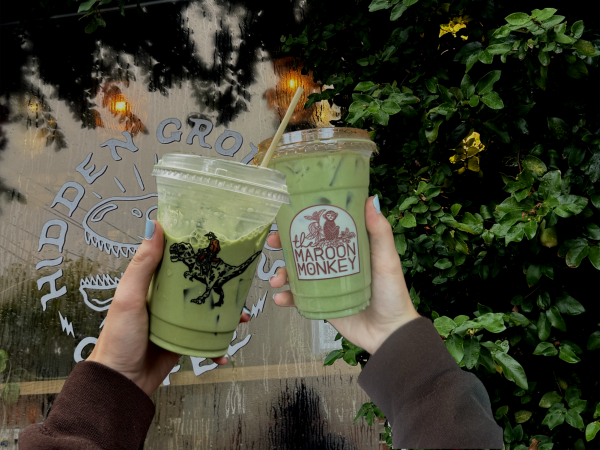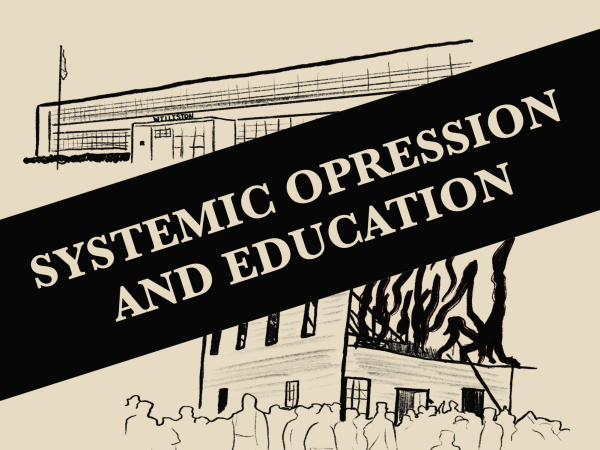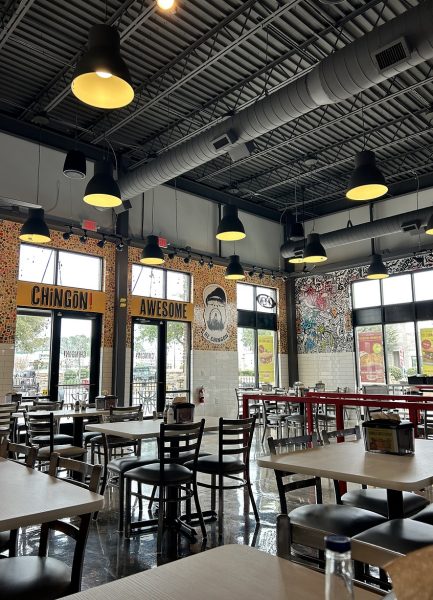An overview of Black History Month in Wilmington
Each February marks the beginning of Black History Month in the United States, and communities across the country take this time to reflect on and celebrate the contributions of Black Americans throughout history. This year’s national Black History Month theme was “Black Resistance,” which addresses how African Americans are dealing with oppression and the lack of institutional support in the past and present.
In Wilmington, multiple online and in-person events took place and extended into March to remember and preserve the history of the city. The Upperman African American Cultural Center held 20 events this year to honor the month and commemorate current students’ successes. Upperman’s goal on campus is to promote inclusion and diversity to ensure every student can feel like they belong on campus. Although many events were held, some students are concerned that it was not advertised enough on campus. We asked local organization leaders to reflect on the events held and how to move forward in the coming years.
Renee Clauson-Rivera, the Program Coordinator for Cultural Enrichment at the Upperman Center, plans events relating to Black culture, the African diaspora, and anything from lectures to symposiums. Her goal is to educate and reeducate students, faculty and staff—as well as the Wilmington community—through the power of Black culture.
Black History Month “is a year-long mindset,” Clauson-Rivera stated. “It’s just a month that we were given to specifically acknowledge the achievements of Black people. Even though the government sanctioned us to have a month, it is a year-long endeavor.” Clauson-Rivera also said that Upperman continues planning events relating to Black History in every month, not just February.
“As long as I am the color that I am, I am going to work towards planning and advocating and supporting my community every single month of the year,” she explained.
It is also a priority of Upperman’s to honor the Gullah-Geechee, the African American ethnic group that resided in North Carolina. Upperman hosts the Wilmington Ten Symposium every year, which highlights the activists who were incorrectly accused of committing arson in 1971. “That was a huge event, not just in terms of attendance, but just in weight,” Clauson-Rivera said.
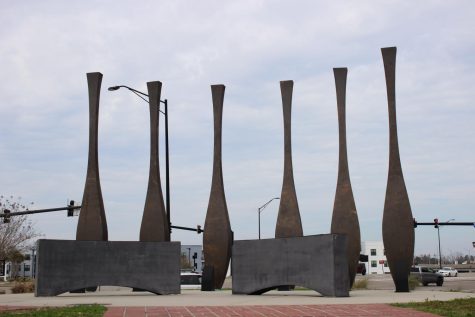
The 1898 massacre and insurrection in Wilmington targeted Black Americans in hopes of dismantling their involvement as citizens in North Carolina.
“Wilmington has a very steep and deep and harsh history when it comes to the divisiveness between races,” she said, adding that Upperman’s goals are to educate Wilmington on such a “monumental part” of the city’s history.
Clauson-Rivera also talked about the lack of attention regarding Black History Month, and what the community can do to involve itself.
“It comes from a space of apathy that if you don’t identify as Black or brown, I think sometimes it is more difficult to connect to those identities.”
She added that this “stems from early childhood education” and that the main ways students learn about African American culture are “through the lens of slavery or through the lens of the War on Drugs,” and that having a cultural mindset and recognizing that the basis of America exists in black culture are both ways to better understand the black experience and celebrate the beauty of Black History.
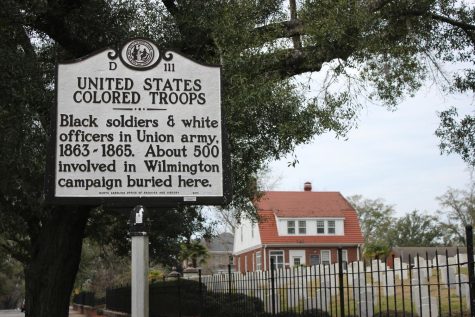
“The truth is that Black people invented America,” Clauson-Rivera said. “We built the monuments. We built the stop signs. We are a part of every major technological advancement. Our blood, sweat, and tears are literally on every part of America’s history.”
“We as a people have overcome great odds and this is the month where we get to acknowledge those strides,” Clauson-Rivera says.
Tishera Owens, a student at UNCW and president of the Black Student Union (BSU), said Black History Month is “a time for appreciation and reflection.” BSU facilitates opportunities to bring African American students together and establish an understanding of African American culture. UNCW is a predominantly white university, and some students say that can lead to feelings of isolation, not being understood, or being taken as seriously as their white counterparts. BSU strives to offer a place where students can be supported and understood.
“It can be exhausting being a Black student on campus,” Owens said. “The looks you get, and people see you as a Black student, not just a student on campus.”
BSU offers support and collaboration with other students to promote a safe environment for Black students on campus. The organization advocates for peace and navigating race relations on campus.
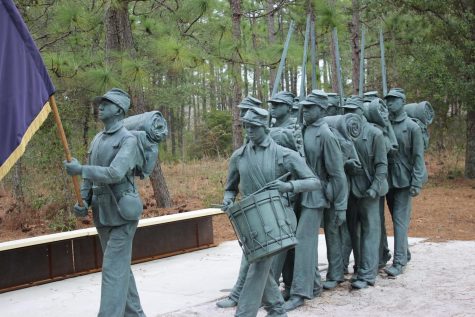
Joe Conway, Chief Equity and Inclusion Officer for Wilmington, works on the Rise Together initiative project for the city. The Rise Together initiative works to ensure that the same opportunities and quality of life is offered to every individual in Wilmington no matter their race, class, wealth threshold and more.
Conway is dedicated to ensuring Wilmington cultivates an environment for success for every resident of any level, whether in elementary school or near retirement. He engages with internal initiatives to analyze data and identify ways the city can progress, specifically in the K-12 curriculum.
“We have to challenge the climate of narratives,” Conway said. “We need to change the way Black history is told and taught in our education system. It’s watered down. It is not being taught properly.”
In 2013, Conway dedicated 28 days to reading and learning about Black history. He said he learned more than he did in school and strives to implement better teaching in schools in Wilmington. Conway believes that if people do not learn their history, then they cannot carry it to the next generation. This step requires agreement and support from the Wilmington Council.
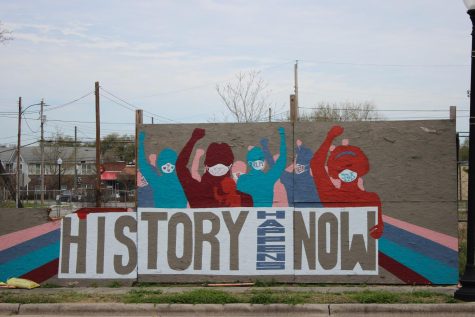
Conway also questioned how to bring everyone together to reach the goal of educating people about Black history. He said there is almost no collaboration, and most council members chase numbers rather than hosting impactful events. Many times, there will be multiple events for Black History Month in one night, and people only attend one. Some members only look at the event attendance numbers rather than looking at how many people attended throughout the city. Although thousands of people attended events in total, the outcome of one event may only be in the hundreds. The attendance number of one event is a deciding factor of how well the outcome of the event was.
“We are islands of excellence in the sea of mediocrity,” he said. “The problem is not having an agreement panel discussion or in the school board so there is not an inclusive discussion. We need to measure outcomes to tell the story better.”
Conway argues there is a need for better partnerships in Wilmington. Instead of viewing the city as a melting pot, he views it as a mosaic where collaboration occurs effectively, but people should have their own identities and strengths to progress the values of the city. He believes people should have more empathy for one another and encourage more collaborative methods to bring change to Wilmington.
“Know yourself. People are so interested in changing others, [but] we don’t know ourselves,” he said. “It is better to be in the right relationships than to be right; you can be right the wrong way and then no one will believe you.”
Wilmington has monuments and markers across the city to preserve the past and bring awareness to injustice. However, Black History Month does not solely live in the past, and attending observances and taking time to educate oneself continues to progress the city and give everyone equal opportunities. Facing the past paves way for a brighter future.





